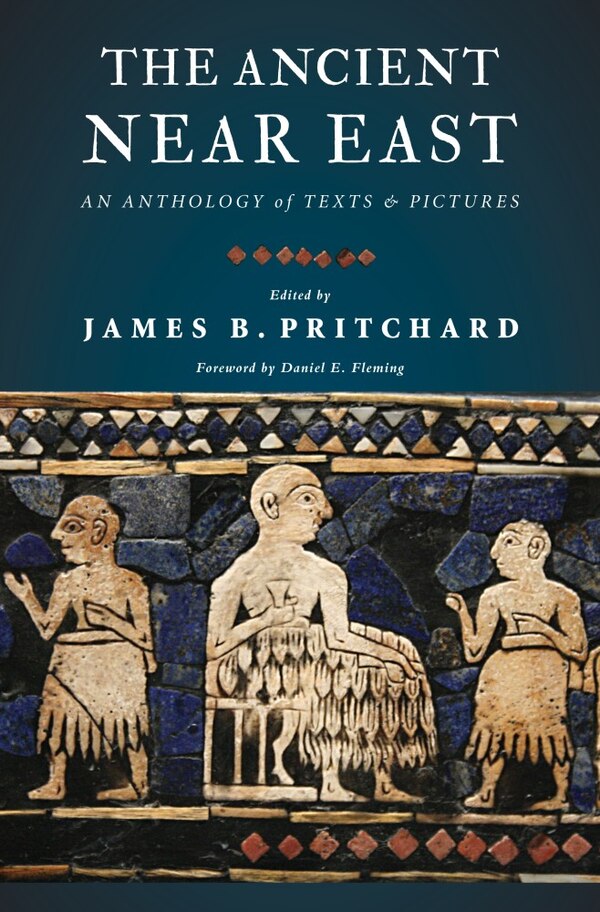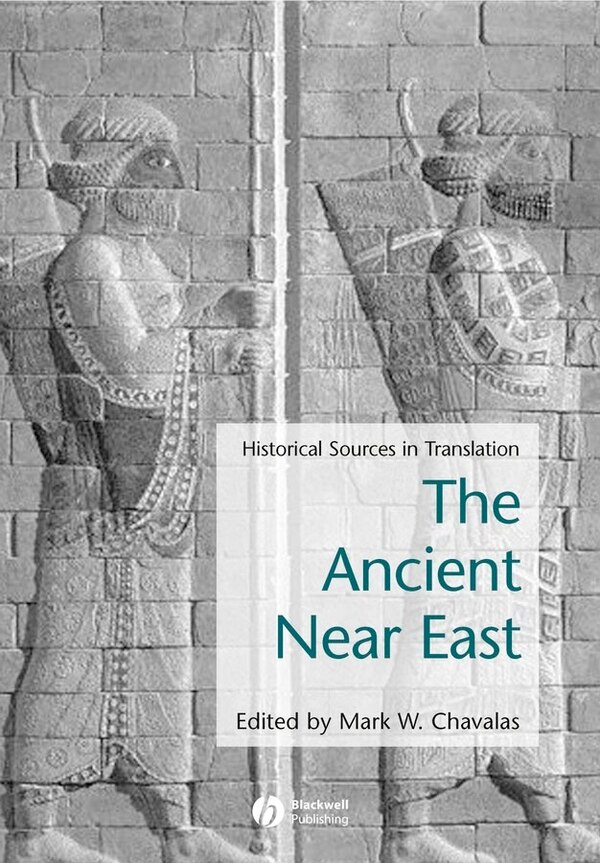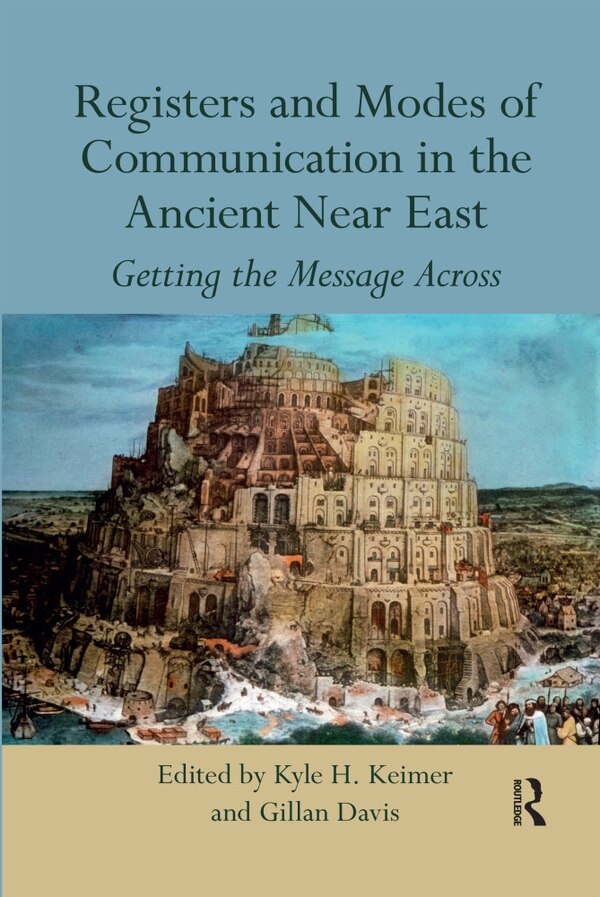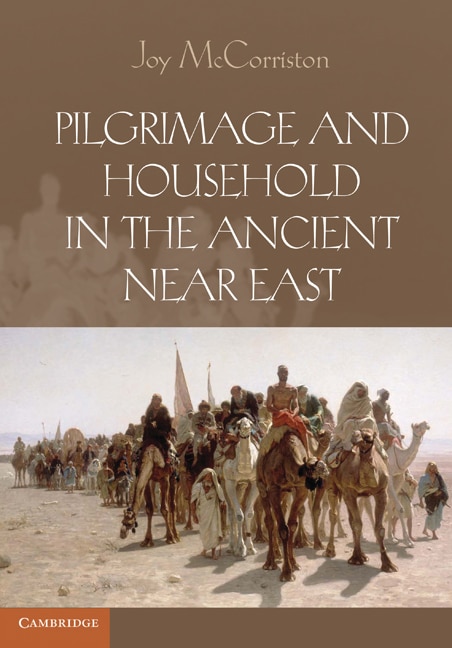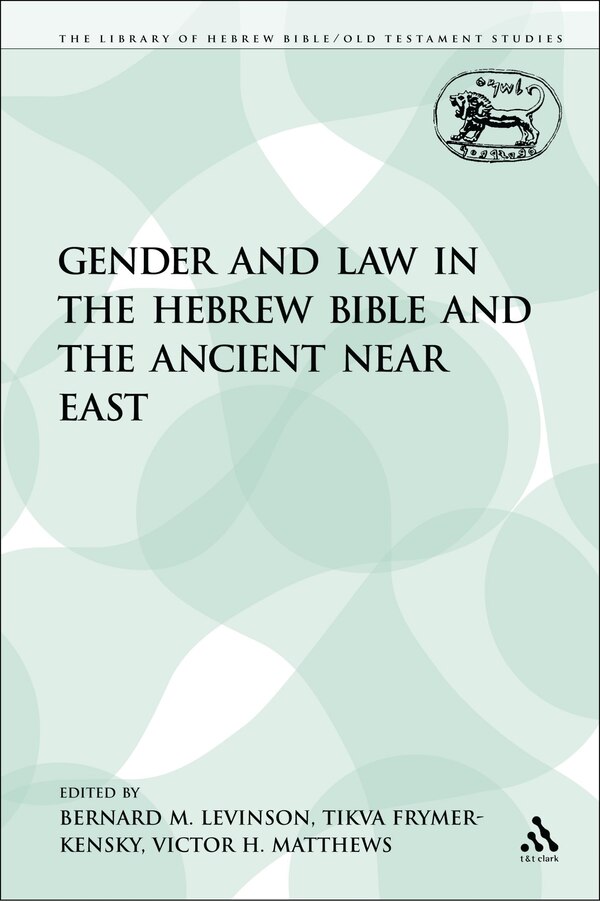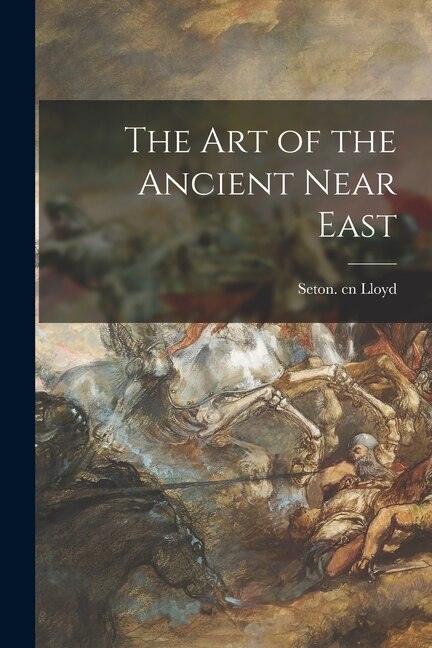
Give the Gift of Choice!
Too many options? Treat your friends and family to their favourite stores with a Bayshore Shopping Centre gift card, redeemable at participating retailers throughout the centre. Click below to purchase yours today!Purchase HereHome
The Ancient Near East by Amanda H. Podany, Paperback | Indigo Chapters
Coles
Loading Inventory...
The Ancient Near East by Amanda H. Podany, Paperback | Indigo Chapters in Ottawa, ON
From Amanda H. Podany
Current price: $13.50

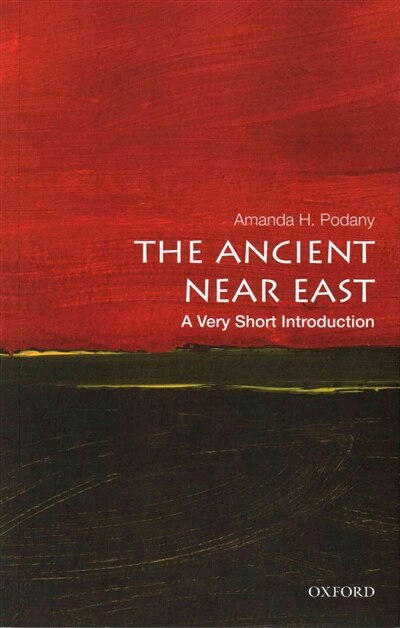
From Amanda H. Podany
The Ancient Near East by Amanda H. Podany, Paperback | Indigo Chapters in Ottawa, ON
Current price: $13.50
Loading Inventory...
Size: 1 x 6.875 x 100
*Product information may vary - to confirm product availability, pricing, shipping and return information please contact Coles
The ancient Near East is defined, for the purposes of this book, as the cuneiform lands, the regions of the ancient world where the cuneiform script, written on clay tablets, was used as the most common medium for written communication. These lands comprise Mesopotamia (with its variouslynamed regions: Sumer, Akkad, Babylonia, and Assyria); Syria, Elam (later known as Persia), and Anatolia. The three thousand years to be covered by this book - from around 3500 BCE, with the founding of the first Mesopotamian cities (which coincide with the invention of writing) to the conquest ofthe Near East by the Persian king Cyrus the Great in 539 BCE - encompass an era of remarkable innovation and achievement. Many of the creations of the people of the ancient Near East are still with us, from fundamental inventions such as the wheel and the plow to intellectual feats such as theinventions of astronomy, law, and diplomacy. The region is known as the cradle of civilization for good reason. Here, men and women first tried to live peacefully together in densely urban cities, and found ways, through law and custom, to thrive and prosper. The popular image of history as a story of progress from primitive barbarism tomodern sophistication is completely belied by the study of the ancient Near East. For example, women had many rights and freedoms; they could own property, run businesses, and represent themselves in court. Diplomats traveled between the capital cities of major powers ensuring peace and friendshipbetween the kings. Scribes and scholars studied the stars and could predict eclipses and the movements of the planets. These achievements were lost in subsequent centuries, only to be reborn in more modern times. Perhaps the most obvious legacy from the ancient Near East is seen in some of our unitsof measurement. The Mesopotamians invented a mathematical system based on the number 60, and all the 60-based units in our modern world (including seconds, minutes, and degrees) have come down, unaltered, directly from Mesopotamia. Taking a chronological view, the book will include what we know, ideas about what we don't yet know (but perhaps will in the future), evidence used for discerning the history of the region, and approaches taken to the evidence by scholars of the ancient Near East. Each chapter will focus on one ortwo archaeological sites that have contributed extensive evidence (both textual and archaeological) to our understanding of an era and expanding from that evidence to a broader view of the era as a whole. | The Ancient Near East by Amanda H. Podany, Paperback | Indigo Chapters
The ancient Near East is defined, for the purposes of this book, as the cuneiform lands, the regions of the ancient world where the cuneiform script, written on clay tablets, was used as the most common medium for written communication. These lands comprise Mesopotamia (with its variouslynamed regions: Sumer, Akkad, Babylonia, and Assyria); Syria, Elam (later known as Persia), and Anatolia. The three thousand years to be covered by this book - from around 3500 BCE, with the founding of the first Mesopotamian cities (which coincide with the invention of writing) to the conquest ofthe Near East by the Persian king Cyrus the Great in 539 BCE - encompass an era of remarkable innovation and achievement. Many of the creations of the people of the ancient Near East are still with us, from fundamental inventions such as the wheel and the plow to intellectual feats such as theinventions of astronomy, law, and diplomacy. The region is known as the cradle of civilization for good reason. Here, men and women first tried to live peacefully together in densely urban cities, and found ways, through law and custom, to thrive and prosper. The popular image of history as a story of progress from primitive barbarism tomodern sophistication is completely belied by the study of the ancient Near East. For example, women had many rights and freedoms; they could own property, run businesses, and represent themselves in court. Diplomats traveled between the capital cities of major powers ensuring peace and friendshipbetween the kings. Scribes and scholars studied the stars and could predict eclipses and the movements of the planets. These achievements were lost in subsequent centuries, only to be reborn in more modern times. Perhaps the most obvious legacy from the ancient Near East is seen in some of our unitsof measurement. The Mesopotamians invented a mathematical system based on the number 60, and all the 60-based units in our modern world (including seconds, minutes, and degrees) have come down, unaltered, directly from Mesopotamia. Taking a chronological view, the book will include what we know, ideas about what we don't yet know (but perhaps will in the future), evidence used for discerning the history of the region, and approaches taken to the evidence by scholars of the ancient Near East. Each chapter will focus on one ortwo archaeological sites that have contributed extensive evidence (both textual and archaeological) to our understanding of an era and expanding from that evidence to a broader view of the era as a whole. | The Ancient Near East by Amanda H. Podany, Paperback | Indigo Chapters


